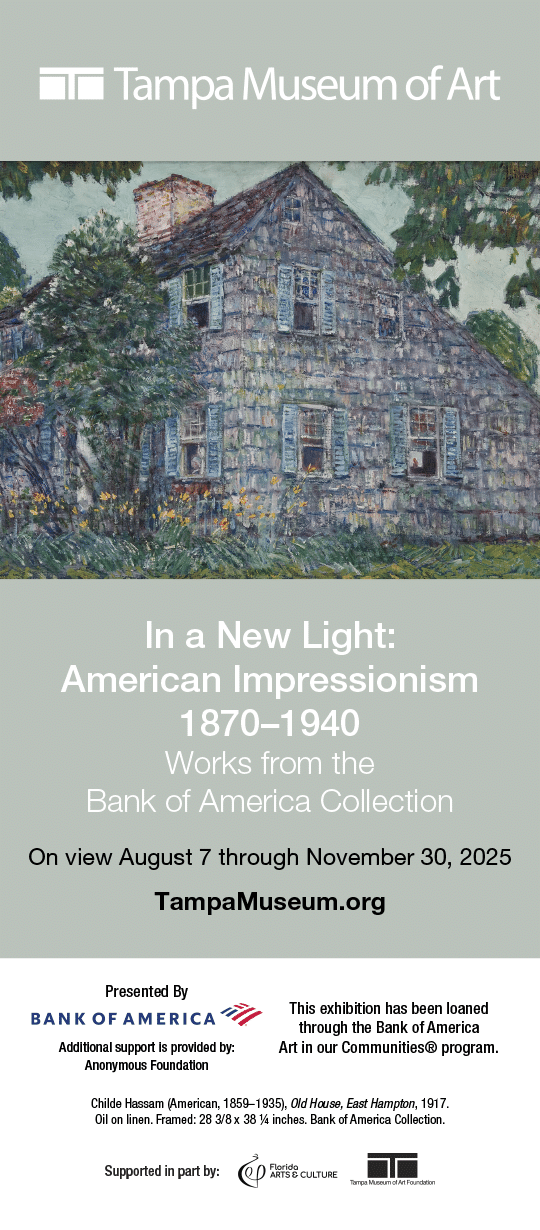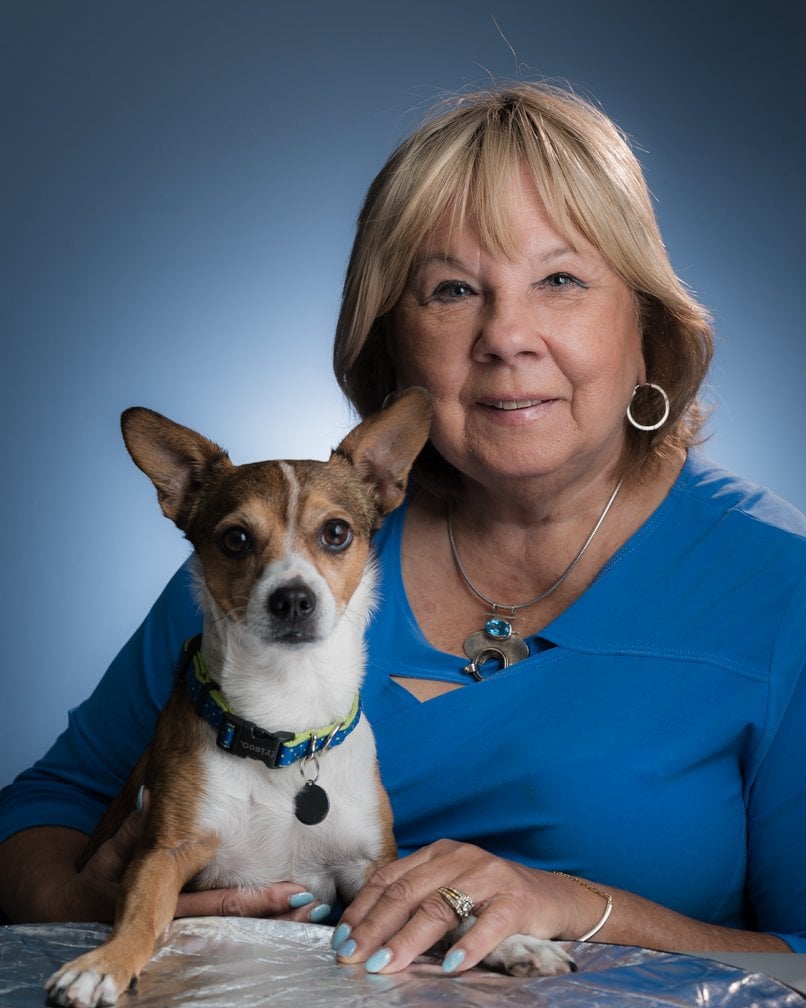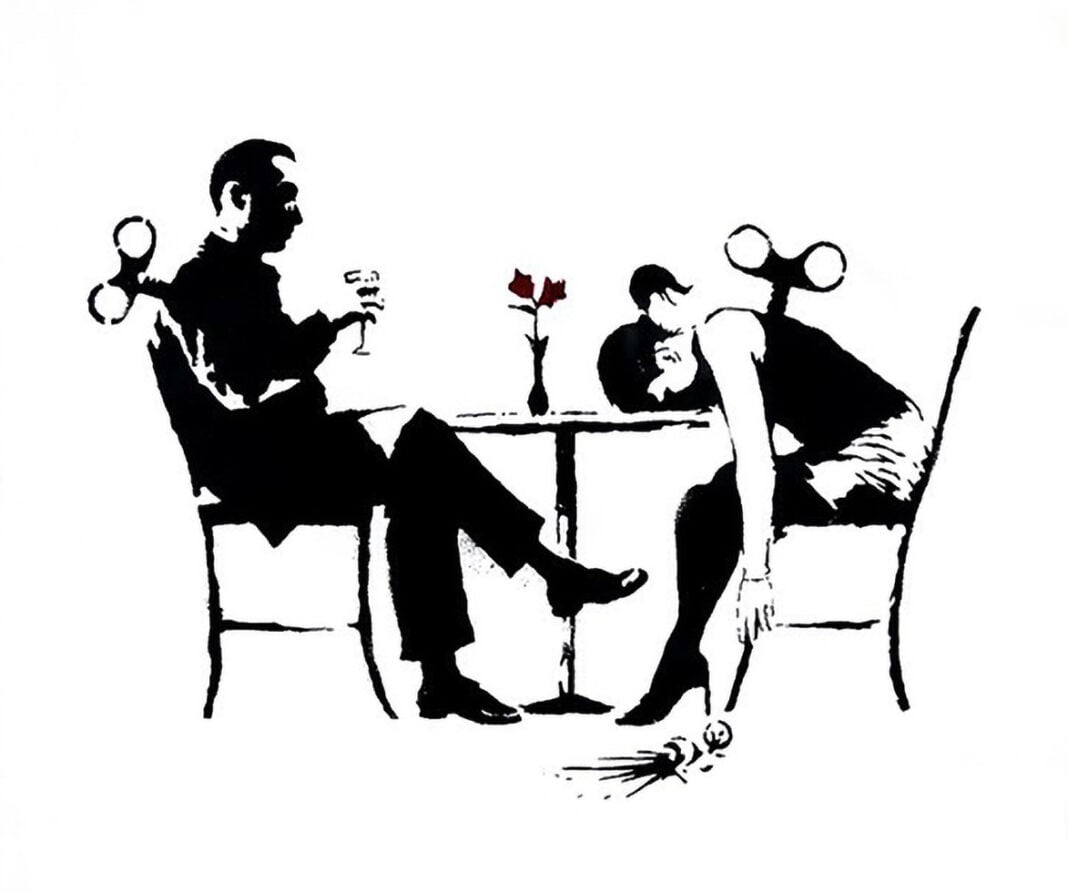With the red-carpet world premiere of his film Brooker on August 16 at Centro Asturiano de Tampa, screenwriter and executive producer Brandon Ransbottom has captured authentic Florida beyond its iconic amusement parks and picturesque beaches. Filmed over 21 days, Brooker showcases both emerging and seasoned talents from the Tampa Bay area, featuring Faniel Pradel, Clay Christopher, Camila Camilo, Hannah Barrens, Nick Noelte, Josh Russell, Kristin Wollett, Andresia Moseley, and David Beasley.
Ransbottom’s enthusiasm for showcasing his vision and nurturing a community of filmmakers in Florida is palpable. In an exclusive interview with The Artisan Magazine, he delves into his film’s debut, sharing insights and his passion for the craft.
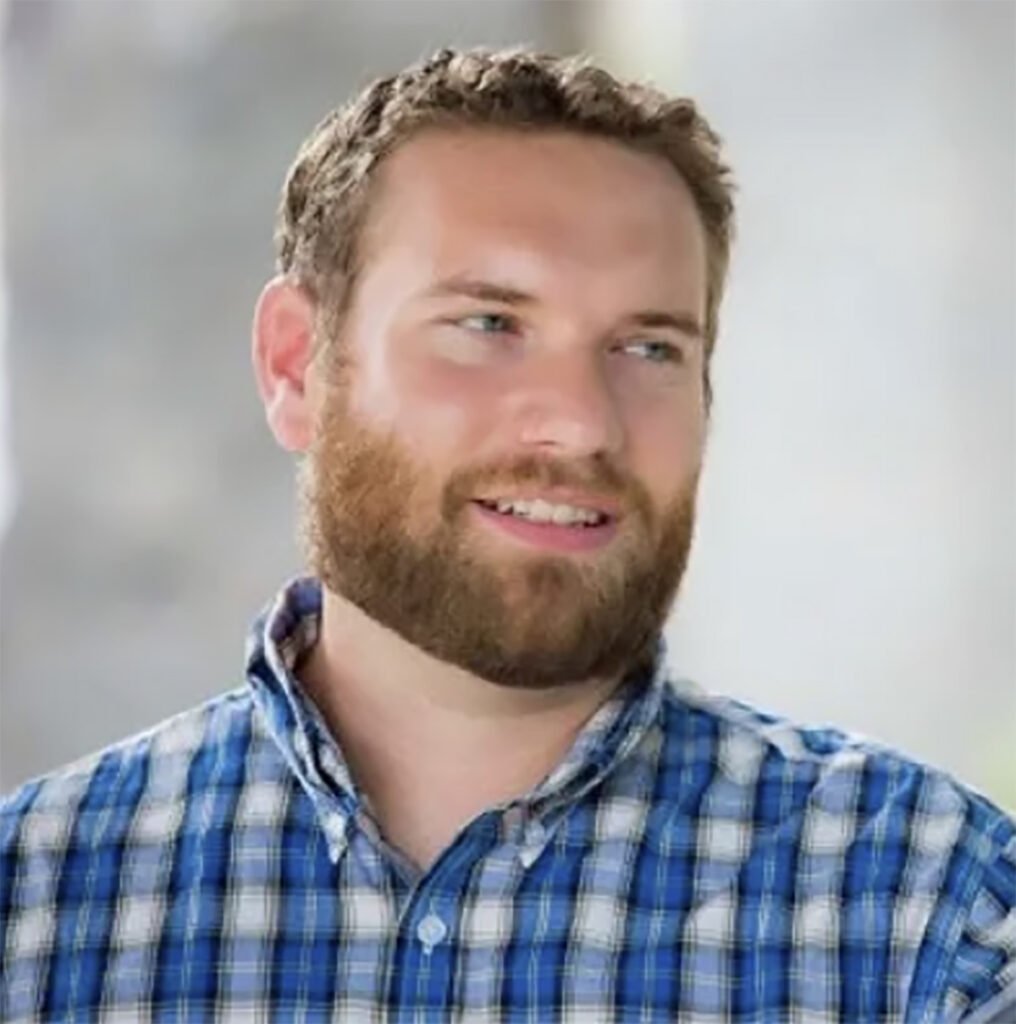
Your story is a distinctly Florida film. What inspired you to set the story in this environment? And how does Florida’s landscape shape the film’s themes?
I would say part of the movie is the juxtaposition between the ancient and the modern. For me, and somewhat represented in the film, the idea of modernity is, you know, the Disney, the neon, the Miami of it all, if you will, of Florida. I think there is this other ancient side, with alligators, swamps, and trees that have been around for hundreds of years. There’s a real kind of wildness when those things collide. We see it when an alligator climbs on someone’s back porch, and the rest of the country has to process what that means and what that’s like. I think that was part of the impetus for setting the film here.
Marshall Brooker, as a relic hunter, stumbles upon an ancient mask with supernatural powers. What drew you to this concept, and did you actually research any real-world myths or artifacts while writing it?
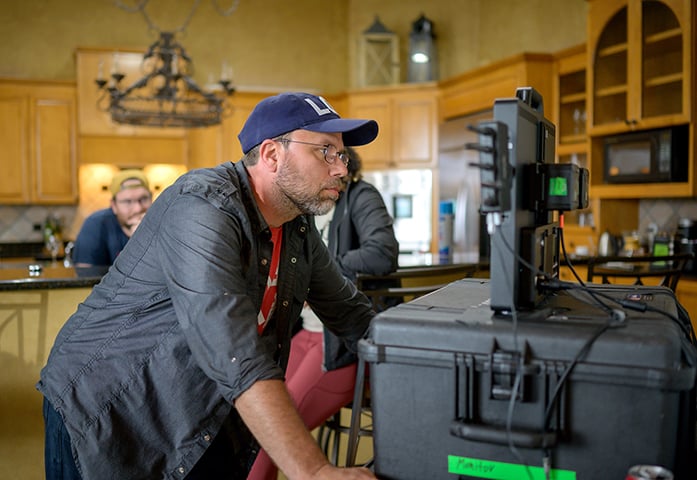
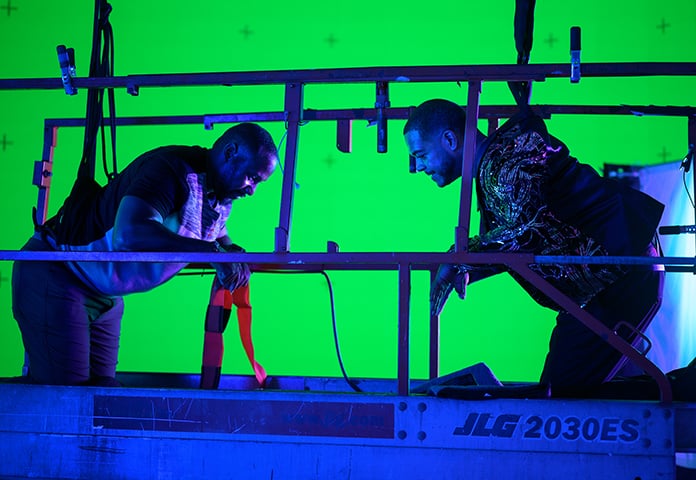
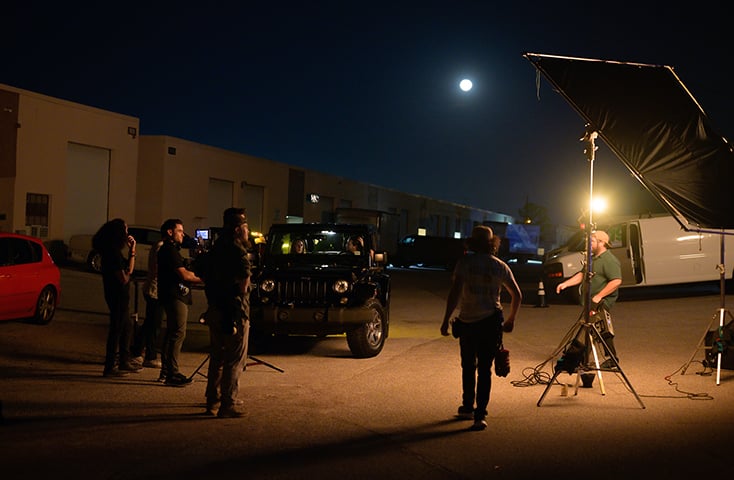
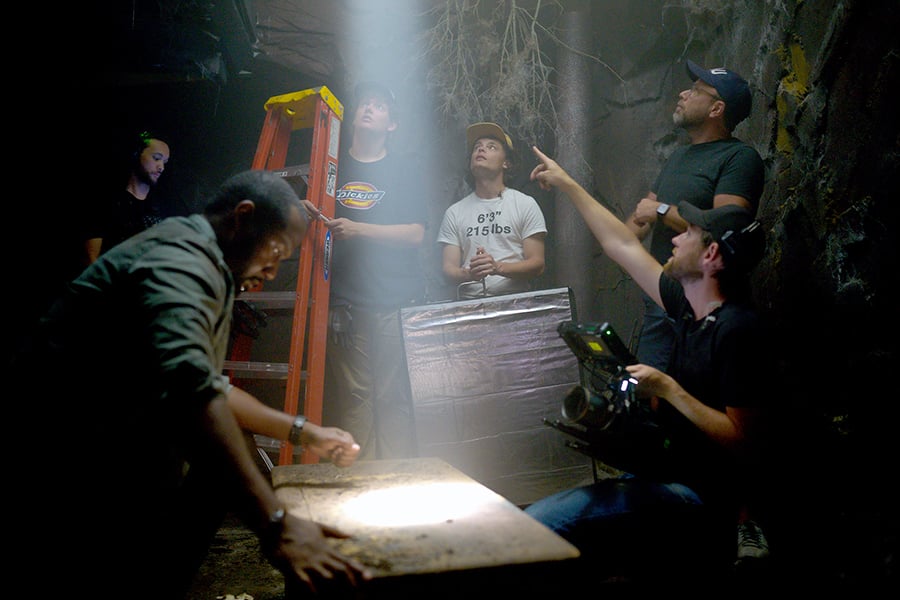
We did less research on real objects as far as their history, and a lot of research on the design, looking at different artifacts from around the world for how we were physically going to make the prop. My brother Kyle Ransbottom, the production designer, used to work for Universal Creative. He brings a great level of quality to the film. He pulled from tons of different styles of masks, and we wanted to find something that felt truly ancient. The mask had to be very, very old, beyond the known inhabitants of Florida. That was part of how we shaped the look and feel of the relics.
What makes the antagonist Roman Stalnik a compelling villain? And how does his worldview contrast with Brooker’s?
Clay Christopher brought so much to the character because he is actually written differently. What Clay and I developed was the idea of a villain that has a chip on his shoulder. He doesn’t come from a well-to-do background, and he has gained notoriety and power through his collecting of these relics and through his possession of them. I think he is diametrically opposed to Brooker who represents connection to nature and to an appreciation of simplicity. There’s a peacefulness to Brooker. Roman runs a nightclub. He’s gross and slimy and his persona is fake. It’s all an act.
Brooker touches on the extreme wealth and struggling citizens living side by side. How does the film explore these social dynamics?
There’s a lot of tension in Brooker’s relationship with his sister Jesse, played by Camilla Camilo, revolving around finances and the health of their mother in a facility. Booker is dealing with it financially and not engaging with her. Jesse doesn’t have financial resources, but she’s there ensuring her presence is felt. He’s shouldering this responsibility for her livelihood via his pursuit of money, whereas Jesse is shouldering the emotional obligation to be with her in her final days. Brooker keeps encountering people who, like Roman, are at different levels of status within society.
How did your experience working in commercial filmmaking and advertising influence your storytelling and production approach for Brooker?
One of the reasons we decided to film here, in addition to the physical story, is that the film was really developed around the idea of working on a very small budget, but we’re passionate filmmakers; what resources do we have at our disposal? Much of the plotting of the film and the narrative was structured around the assets that were available to us. I think the biggest thing that came out of that was honestly networking and the ability to empower a lot of local creatives who are so good at what they do, but sometimes given this, the film incentives in Florida are not as strong as other places, we don’t see the diversity of projects coming to the area. Oftentimes, when projects do come to the area, they hire outside crews, and I really wanted everyone, except for two positions, to be local hires. I was able to pull from a huge pool of very talented people.
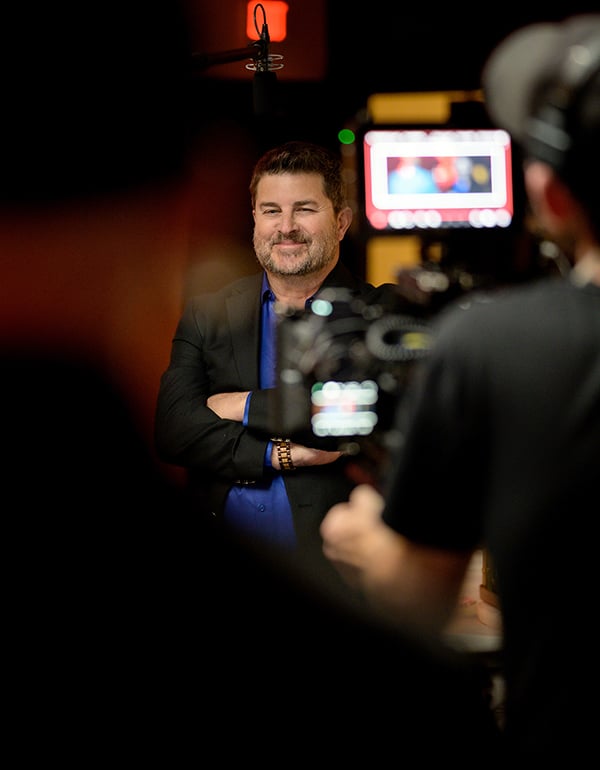

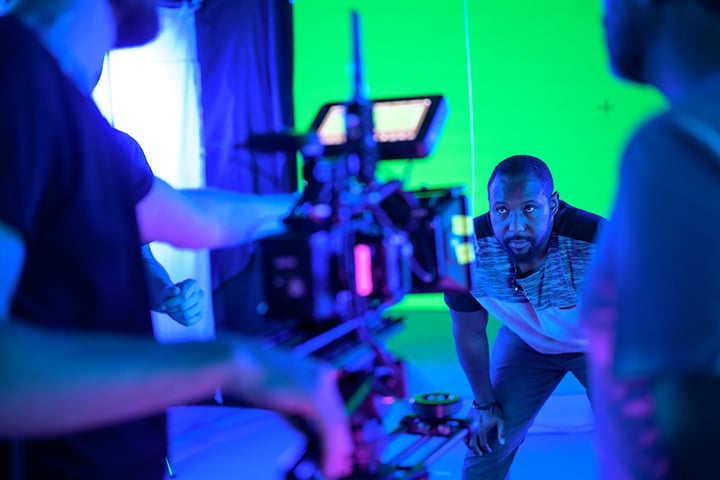
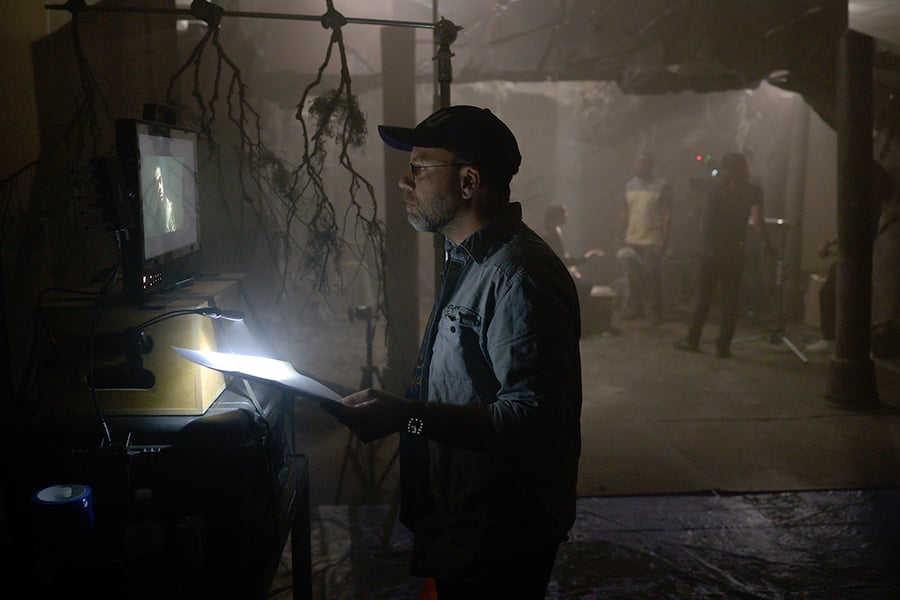
Were there any standout moments during filming where a local actor just brought something unexpected or particularly memorable to the role?
Absolutely. We worked with a lot of seasoned local actors, and so I would give kudos to any of them. But if I had to call out two, our main actor, Faniel Pradel, this is his first film and first real acting gig. He’s been a friend for a long time, and he told me a few years ago that he wanted to be an actor. I wrote the part with him in mind because I wanted to help him pursue his dream, but frankly, we needed someone we could depend on. The role is very physical and requires a lot of sacrifice and stunt work.
And then the other quick anecdote I would give is Andresia Moseley, who plays a villain in the film. She was only on set for two or three days, but there is one scene near the end of the film where she’s confronting our hero. It was a temperature-changing performance. It’s where you’re watching the movie and all of sudden you’re like ‘ooh, who is that?’ They’ve changed the dynamic of the film itself, not just the scene. But, you know, I feel bad calling out anyone in particular because everyone did such a fantastic job.
The film was shot across Tampa Bay, including Dunedin, St Pete, and Medard Park. What were some of the most memorable moments from filming in these beautiful locations?
Medard Park in Hillsborough County was a real standout moment because it’s such a completely magical, spiritual place to be. It just looks unlike anything I’ve ever seen, and I hope that’s reflected in the film. The other really dynamic thing is that we actually filmed in a few places that don’t technically exist anymore after the hurricane.
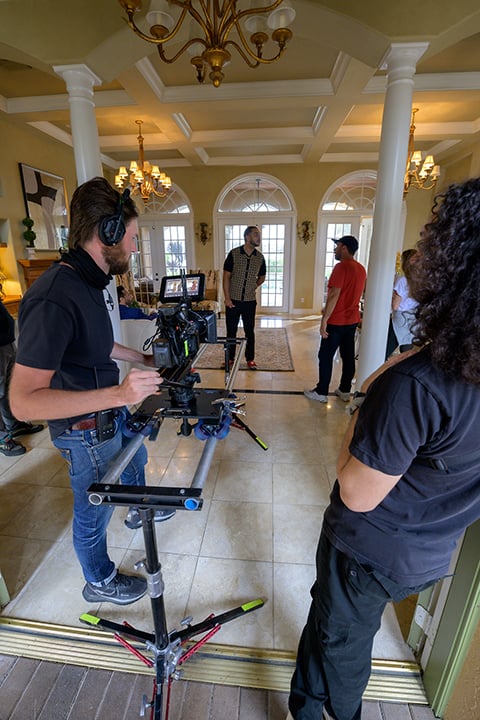
It feels like Tampa Bay is starting to have a growing independent film scene. How do you feel Brooker is strengthening the film industry in this area?
The film is about living here, not vacationing here. My hope is that Brooker will show that there is a lot of beauty to be found here amongst the neons and the Disney Worlds of it all. I really do think that there are some great crew and creative people here. If they’re given the opportunity, we can support filmmakers coming in that want to exploit, in a positive way, the area resources.
What excites you most about sharing Brooker with the audience for the first time?
This is a red-carpet event. I want to elevate the experience not only for the cast and crew, who put so much blood, sweat, and tears into this, but I want to elevate it for the audience. I want them to take this seriously and think about why Hollywood is not the only place that can produce high-quality content. There are tons of other places where films are being produced, but in an anecdotal way, I think there’s no reason we can’t achieve the same level of quality here in Florida. My hope is that filmgoers, film-lovers, and hopefully some film supporters will see the effort and notice that these people are serious. These people want to make movies in Florida about Florida. We want to show people how great our area is.
Learn more and buy tickets at https://brookermovie.com



